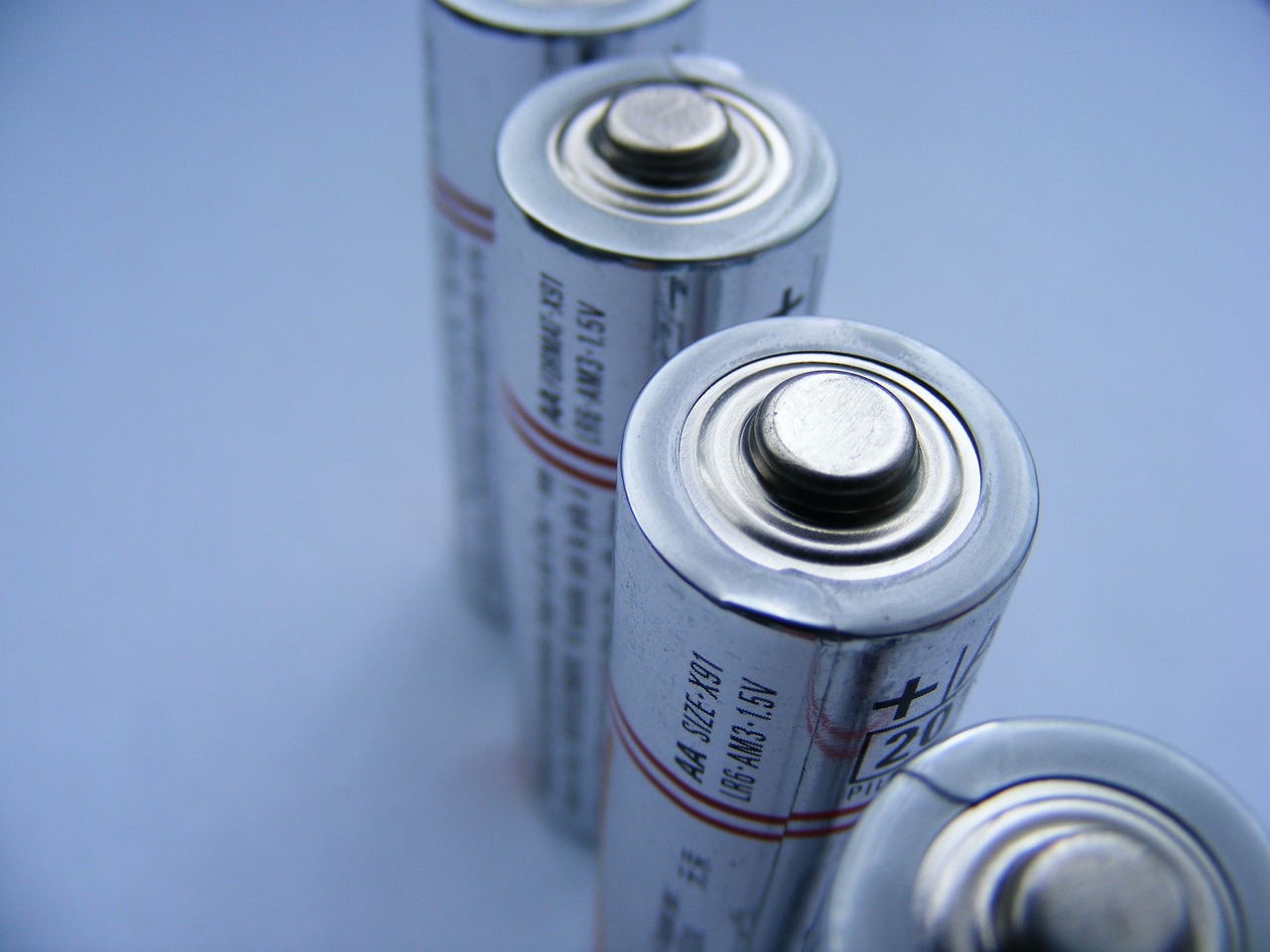This post is also available in:
 עברית (Hebrew)
עברית (Hebrew)
A breakthrough in solar technology is on the horizon, as Queen Mary University of London and Power Roll, a solar startup, team up to bring perovskite solar films to the market. These next-generation materials are lightweight, flexible, and offer enhanced efficiency, providing a unique solution to some of the current limitations of traditional solar panels.
Silicon-based solar panels, which dominate the global market today, are heavy and rigid, making them unsuitable for many buildings. In fact, nearly 30% of commercial rooftops worldwide can’t bear the weight of traditional panels, contributing to the fact that only about 2% of buildings globally are equipped with solar technology, according to the press release. This presents a significant untapped potential, especially considering the vast energy the sun provides every day.
Power Roll’s innovative manufacturing process overcomes many of these challenges by creating perovskite films that are just a fraction of the weight of conventional panels—up to 25 times lighter. The technique, which combines microgrooves and vacuum forming, produces ultra-thin films less than a millimeter thick. These films are not only light but also highly efficient, making them ideal for a variety of applications, including on rooftops that previously couldn’t support heavier solar panels.
However, scaling up production of perovskite films has been a challenge due to the delicate nature of the material. To solve this, Power Roll is working with Queen Mary University’s team to integrate optical analysis systems into the production process. These systems monitor how light interacts with the film in real time, ensuring each solar cell meets the highest quality standards, according to the press release. This advancement is key to enabling mass production of perovskite films and bringing them to the mainstream.
The potential benefits are substantial. Perovskite films can be installed on low-load-bearing rooftops, offering a new avenue for solar energy generation. Power Roll estimates that in the UK alone, rooftops could generate £250 billion worth of green energy, significantly contributing to the global shift towards clean and sustainable power. With this new technology, solar energy is set to become more versatile and widely accessible than ever before.


























